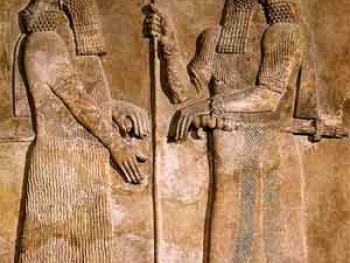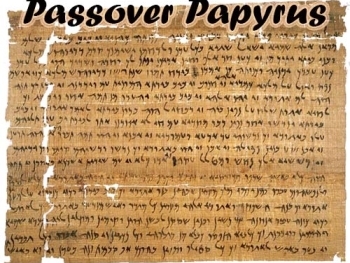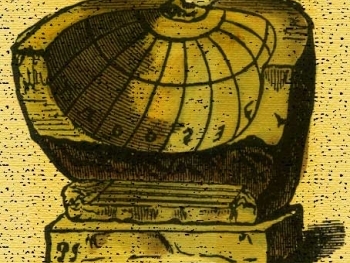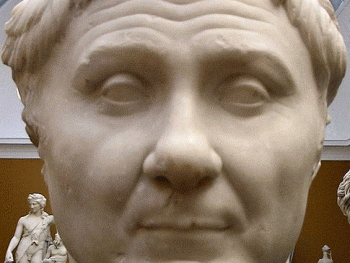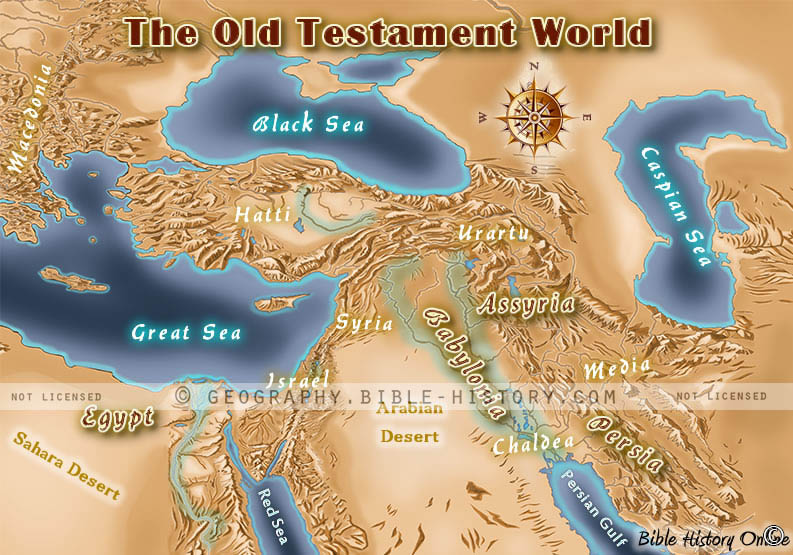
Geographically, the Old Testament “world” extended from the Nile river in the south west, to eastern Greece in the north west, to the Caspian Sea on the north east to the mountains just east of the Persian Gulf on the south east. The entire area encompassed nearly 1.3 million square miles.
All of the events mentioned in the Old Testament were within the geographical bounds of the World of the Old Testament, from the creation of man to the return from captivity and rebuilding of the Temple. In fact this would include the rise of the world empires mentioned in Daniel: The Babylonian, Persian, and a large portion of the Grecian, and Roman Empires.
Source: The Old Testament World
